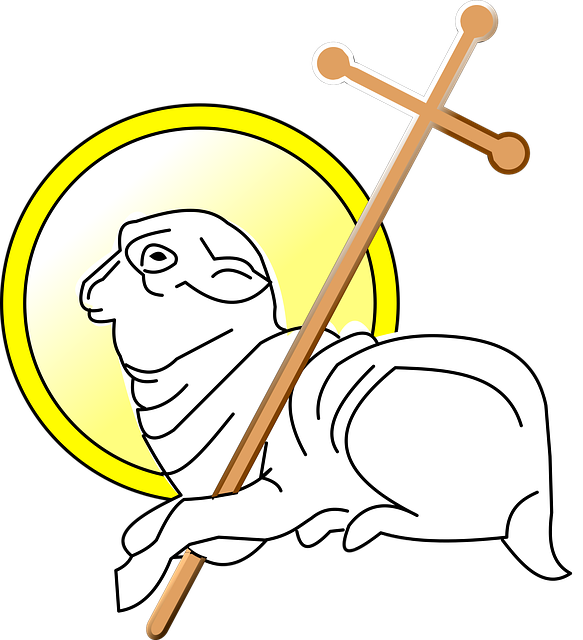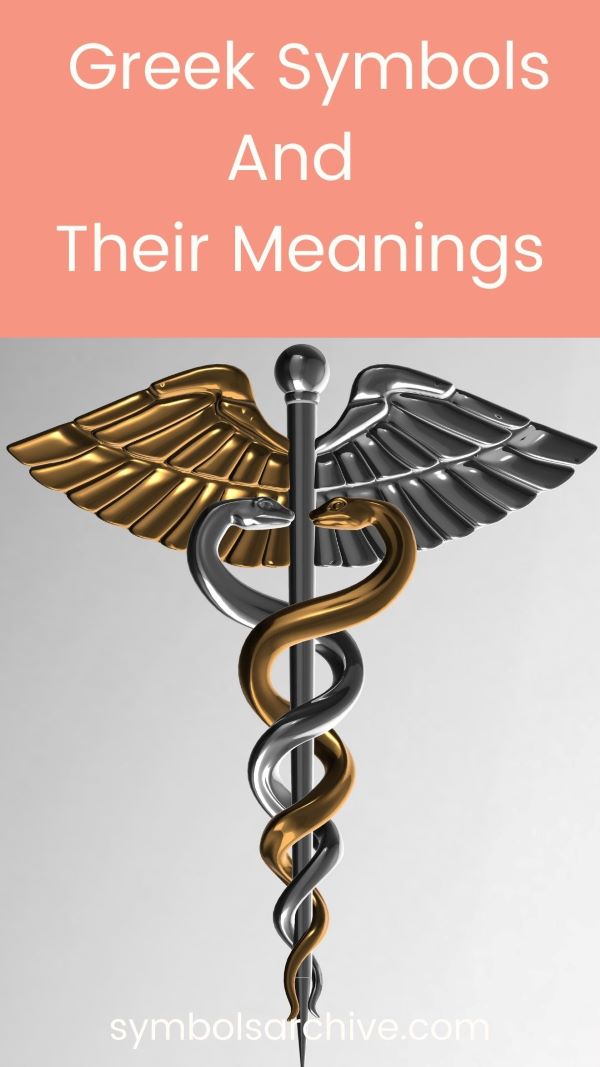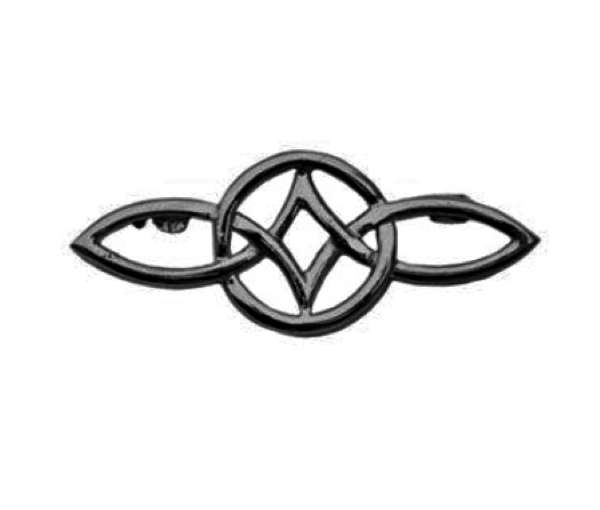10 Important Shinto Symbols And Their Meanings
Shinto, or Kyoha Shinto, is an indigenous Japanese religion that dates back to Japan’s Nara period in the 8th century. It is a polytheistic religion that venerates a vast array of deities known as kami (or sometimes called jingi), spirits, and ancestors.
This religion is deeply interlaced with Japanese culture and society, and its symbols are found throughout Japan in both religious and secular contexts. Each of these Shinto symbols has its own unique meaning and significance, and all play a vital role in Shinto worship and culture.
Whether you’re a follower of this religion or simply fascinated in Japanese culture, Shinto symbols are interesting and worth exploring further.
So, here are 12 of the most important Shinto symbols in no particular order.
10 Important Shinto Symbols And Their Meanings

1. Inari fox

The Inari fox is a fox spirit that’s linked with Inari, the Shinto god of rice, harvest, and fertility. The Inari fox is identified as the messenger of the kami (gods), often depicted holding a key in its mouth. It is believed to bestow good fortune.
The Inari fox symbolizes both benevolence and malevolence. It is viewed as a divine being that can shape-shift and possesses supernatural powers. Inari foxes are believed to be the guardians and protectors of Inari’s shrines, sacred spaces, and devotees.
The Inari fox also serves as a symbol of fertility, abundant harvests, and Inari’s bountiful blessings.
2. Shimenawa

The shimenawa is a sacred rope or cord employed in Shinto ceremonies and rituals and carries great importance in the religion.
Traditionally made using rice straw or hemp then hung prominently as a marker or a boundary, the shimenawa rope is often placed around the entrances of shrines, sacred trees, and other spiritually significant areas or objects.
The shimenawa holds numerous significant symbolic meanings. It is seen as a symbol of purification, protection, connection, and unity.
3. Mizu no Kami
Mizu no Kami is a Shinto god that is associated with water. He is often depicted as a dragon or a serpent and is said to be in charge of the flow of water.
The name “Mizu no Kami” literally means “water god” or “water spirit.” In Shinto belief, water is a sacred element that is essential for life and which Mizu no Kami is believed to control the flow and quality of.
Mizu no Kami is sometimes associated with other water deities such as Suijin, who is the god of rivers. Mizu no kami is venerated at many Shinto shrines throughout Japan. He is the god that is often invoked for blessings that have to do with water, including bountiful harvests, health, and good fortune.
In Shinto belief, Mizu no Kami symbolizes water and its importance to humans. It is representative of healing, purification, agricultural fertility, and life-giving energy.
4. Tomoe

The tomoe symbol, often referred to as a “comma,” is a distinctive swirling design found in Japanese mon, which are akin to heraldic badges or charges in European heraldry.
Tomoe symbol holds significance in Shinto and Japanese culture, representing various aspects and concepts. It symbolizes the harmonious balance of opposing forces and the interconnectedness of the natural world. The three comma-shaped figures within the symbol stand for the three fundamental forces or energies of the universe: heaven, earth, and humanity.
This symbol is also connected with protective traits and warding off negative entities, acting as a talisman to guard against evil spirits, harm, and misfortune.
The tomoe’s circular nature is symbolic of an eternal shield that bestows a sense of spiritual protection and security. It also denotes the seasons, the perpetual flow of energy, and the cyclical nature of life in general.
5. Torii

The torii, a gate that marks the entrance to a Shinto shrine which serves as a boundary between the sacred and the profane, is usually made of wood or stone and is painted bright vermillion red.
This is a powerful symbol in Shinto, inviting the presence of the gods and symbolizing respect and reverence. It is believed to bestow protection and holds a significant place in the worship and rituals of Shinto followers as well as the spiritual identity of Japan in general.
6. Omamori
Omamori is a traditional Japanese amulet or charm that carries great symbolic and religious significance in the culture of Japan. The word omamori can be translated as “sacred object” or “protection.”
Omamori is believed to provide numerous forms of spiritual protection such as warding off evil, harm, and misfortune. It is frequently carried or hung in cars and homes – and sometimes also used as a bag charm – for good luck and protection.
In general, the omamori is symbolic of blessings, divine assistance, personal connection with the divine, and protection.
7. Sakaki

As a Shinto symbol of purity and sanctity, sakaki is considered a pure and sacred plant, frequently employed in purifying and blessing people as well as sacred objects and spaces.
Sakaki is evergreen in nature, with lush green leaves throughout the year, symbolizing the unchanging essence of the divine and the eternal presence of the Shinto deities. It is also known as Cleyera japonica or sacred evergreen, a type of shrub that is endemic to Japan.
It is commonly used in Shinto rituals summoning or honoring the gods, hence representing the blessings of these deities for fertility, agricultural prosperity, and abundant harvests.
8. Shide
The shide is the zigzag-shaped paper streamers commonly seen hanging from ritual implements, sacred trees, and Shinto shrines. Believed to possess purifying and protective powers, this symbol is significant in Shinto rituals and ceremonies.
The zigzag shape of the shide is representative of lightning or the movement of the deities. It is used in cleansing and sanctifying a space as it is believed to ward off negative energies and evil entities.
Shide is linked with the sacred realm, acting as a visual marker to signify sacred objects or spaces. It is as well associated with auspiciousness and blessings, making it popular during festivals, weddings, and other important occasions.
9. Shinkyo

The shinkyo, also known as the “god mirror,” is a mystical object that is held in high regard in Shinto. This sacred mirror is commonly placed at Shinto altars and is regarded as a personification of the gods.
Shinkyo in Shinto symbolizes the connection between the human and divine realms. It represents the gateway through which the gods (or their presence) appear, serving as a point for communication and interaction with the Shinto deities.
In Shinto belief, the deities or kami will enter the mirror, hence establishing a connection between the divine realm and the physical world.
10. Komainu

The komainu is a pair of lion-dog statues often seen at the entryway to Shinto shrines. They are said to ward off evil entities.
The komainu are also known as “lion guardians” or “lion-dogs.” They are symbolic creatures that carry significant cultural and spiritual importance in the Shinto religion, regarded as protectors of Shinto shrines and as symbolic of the presence of the gods.
Commonly depicted with an intimidating expression and muscular bodies, komainu as a symbol is used to represent strength, power, and authority. They have become iconic symbols not only of Shinto but Japanese culture as well.






